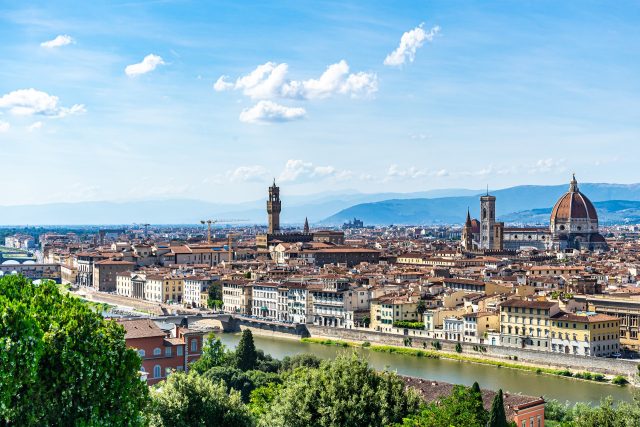
Strategic governance and a fresh vision of travel are keeping Italy at the top of global wish lists
Italy has long been a land of dreams for travelers, but today its appeal is stronger than ever—thanks not only to timeless beauty, but also to smart, forward-looking government policies. Alessandra Priante, president of ENIT (the Italian National Tourism Board), recently underscored this success at the event “The State of Tourism in Italy” in Cavallino Treporti, near Venice. Her message was clear: while the way people travel has evolved, Italy’s ability to inspire remains unmatched.
“The tourist has changed,” Priante explained. “People no longer travel simply to reach a destination, but because they are driven by a specific motivation. And this is why Italy, based on the data, remains the most desired country in the world.” This insight captures a profound shift in global tourism—one that Italy is uniquely prepared to embrace.
Beyond Cities: A New Geography of Experiences
Italy’s enduring magnetism has traditionally centered on its iconic cities—Rome, Florence, Venice, Milan. Yet a deeper, more diverse Italy is now stepping into the spotlight. Priante highlighted an “Italy that is different, profound, and vertical,” an Italy that surprises visitors with hidden corners and resonates with younger generations and outdoor enthusiasts.
This transformation is reflected in Italy’s leadership as Europe’s top outdoor destination. From the majestic Alps to the rolling Appennines, the country’s mountains are no longer just winter playgrounds; they have become year-round attractions. Hiking, cycling, climbing, and nature-based activities have extended the tourist season, offering travelers unique experiences while supporting local economies. “The mountains—both the Alps and the Apennines—have become a true turning point,” Priante said. “They lengthen the season, expand the offering, and strengthen the image of a country capable of delivering unique experiences while maintaining unparalleled standards of hospitality and quality.”
This is a critical achievement in an era where sustainability and experiential travel are key drivers of growth. By diversifying beyond traditional city tourism, Italy is not only protecting its heritage sites from overtourism but also creating opportunities in lesser-known regions, ensuring that the benefits of tourism are shared more widely.
A Government That Inspires Confidence
Behind this success lies a crucial factor: political stability and a government willing to partner with the private sector. Priante praised the current administration for transmitting “stability and confidence abroad and to foreign investors,” noting that this atmosphere of trust is essential for long-term growth.
Such recognition is significant. Tourism is not merely a cultural asset; it is a vital economic engine that requires careful management and investment. The Italian government’s ability to foster dialogue between public institutions and private entrepreneurs has created a virtuous cycle of innovation and quality. “We must be proud and congratulate the entrepreneurs who have collaborated with institutions,” Priante affirmed. “When public and private sectors engage in a virtuous dialogue, everything works at its best.”
This cooperative approach has translated into tangible results. Investments in infrastructure, digital promotion, and sustainability projects have enhanced the visitor experience while preserving Italy’s priceless natural and cultural heritage. By encouraging collaboration rather than competition between regions and industries, the government has laid the groundwork for continued leadership in global tourism.
A Future Built on Tradition and Innovation
Italy’s geographic size may be modest, but its cultural and experiential density is unparalleled. From world-class art and cuisine to breathtaking landscapes and cutting-edge fashion, the country offers an inexhaustible array of possibilities. As Priante observed, “We are not a huge country in terms of geographic size, but we have a density of content and opportunities that allows us to present an ever-new Italy and to work very well on the future.”
This forward-looking strategy is paying dividends. By blending tradition with innovation, Italy is appealing to travelers seeking both authenticity and novelty. Whether it’s exploring medieval hill towns, savoring regional culinary treasures, or embarking on an outdoor adventure, visitors can count on exceptional quality and a warm welcome.
In an increasingly competitive global tourism market, Italy’s success is not accidental. It is the result of a clear vision: to celebrate the nation’s diverse heritage while adapting to new traveler expectations. With a government committed to stability, sustainability, and partnership, Italy is not just maintaining its status as the world’s most desired destination—it is redefining what great tourism policy can achieve. As travelers around the world look for meaningful experiences, Italy stands ready to deliver, proving once again that smart governance and timeless beauty are a winning combination.



 Subscribe
Subscribe